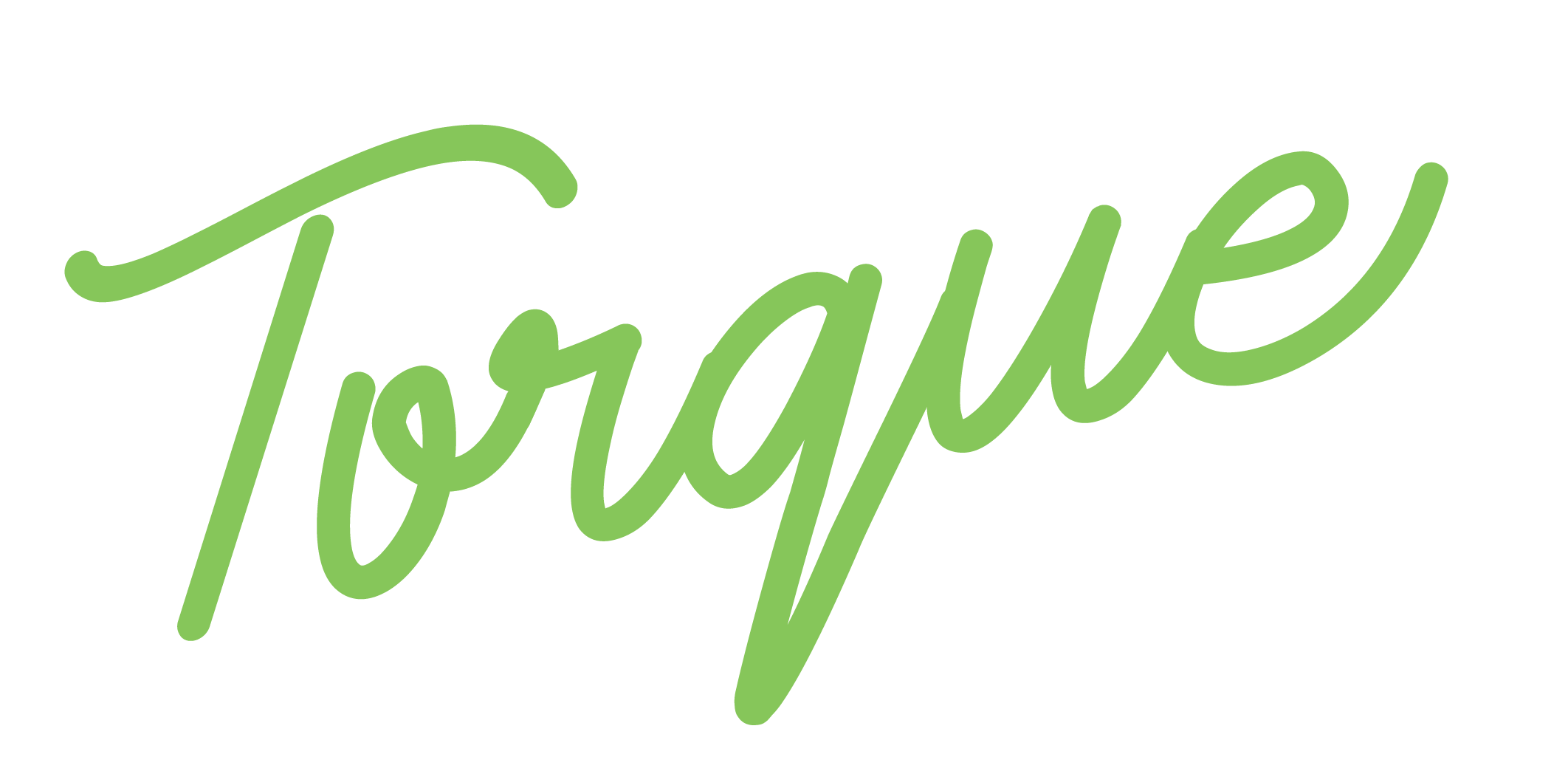
Wellness Metrics Measure Whole Employee Health
Jun 1
/
Loren Phillips

The past few years have seen massive upheavals in many people's work environments, and wellness programmes have been stretched to the limit to keep people's heads above water. As the global pandemic unfolded, what became apparent was how connected everything was, globally and interpersonally.
Social, economic and personal financial fallout ensued for which companies were, for the most part, largely unprepared. People leaders approaching the situation from a growth mindset have adopted a proactive position to take a higher degree of ownership in the health and wellbeing of their workforce. They understand that the health of their organisations is inextricably tied to the health of their workforce.
So in order to keep organisations on track, the wellness of the workforce must become a key metric.
What is a wellness metric?
A wellness metric is a tool to quantify the impact of any given wellness intervention by conducting a baseline and reading the performance over time.
The first step toward measuring wellness is defining what wellness means to your business and then quantifying that definition in the lives of your employees. Here, we’re taking it as a given that all metrics should be delivering real and tangible value to your workforce, not paying mere lip service.
How do we define wellness in 2022?
At Torque, we are working to redefine what wellness means in a post-pandemic world. Wellness, in our view, cares for the whole employee: their mental wellbeing, their finances, their relationships with each other and their greater purpose. What is your definition of wellness in 2022?
What do we mean by the whole employee?
The whole employee considers that every facet of a person’s health contributes meaningfully to a person’s overall health and wellbeing. We include the following pillars within the new framework of wellbeing: cultural, emotional, financial, mental, physical and social.
Physical health
As the most apparent and easiest to measure, physical health is at the top of the health and wellness pillars list. However, in our definition of physical wellness, we go beyond the obvious indicators such as weight, blood pressure, and cholesterol. And whilst those factors are essential, they miss the element of physicality required for the whole individual to thrive.
Example: Companies leading in this area are going the extra mile, offering free personal fitness coaching content to all employees – data-free! What are your thoughts about personal wellness programming? Let us know.
Mental health
Employee Assistance Programmes are hugely beneficial and have formed the backbone of employee mental health through some of the most challenging years many of us will ever experience in our working lives. What are the common barriers you face and what interventions are you developing to break the stigma of mental illness? How is your company translating these statistics into applicable content, interventions and programmes that can uplift workplace mental health in its entirety?
Example: Companies raising the bar in delivering world-class mental health programmes realise that mindfulness is a big part of mental health. Instituting a “mindful minute” ahead of a meeting allows people the space to regroup, connect and collaborate more consciously and purposefully at work. How are you innovating in the mental health space? Let us know.
Emotional health
Emotional health plays a significant part in how present-minded people are at work. Organisations can create more robust and resilient cultures by providing employees with the tools for having courageous conversations at work and ensuring an environment that upholds psychological safety in various forms.
Example: Companies that recognise that inclusion and belonging are at the centre of emotional wellbeing at work are launching DEI training programmes available (if not mandatory) to every employee in the business. In fact, some are going so far as to build DEI into their business strategy moving forward and holding leaders accountable for making business-critical shifts.
Social well-being
We are social beings, and if social distance, isolation and quarantine have taught us anything, it’s that in order for us to function at our best, we need to engage with and connect to each other. By helping people to improve their interpersonal relationships, on the whole, we can effect positive change within our organisations.
Example: Companies are beginning to invest in communication training as part of a power skills (ex-soft skills) education programme, allowing people access to journaling courses to help them become more self-aware. Conscious workplaces are generally starting to look at how they can be a vessel for more positive relationships in their organisations and the communities in which they serve.
Financial wellness
This is one of the most under-prioritised pillars yet makes the most business sense. Forward-thinking organisations realise that personal budgeting and understanding money are transferrable skills that will pay dividends in the future. By upskilling their staff to handle their money better, they also provide context for supporting the business’s financial goals.
Example: Organisations give their employees broader access to money management and financial literacy skills, even if their jobs are seemingly unrelated. Investing in your employees in such a valuable way will make you cement your co as an employer of choice.
Culture, community and connectedness
In this pillar, we recognise that facilitating real connections between people and their communities fosters intrinsic motivation that can be utilised to drive the organisation forward into a better future. Common purpose has the potential to unlock a great deal of power for your organisation. How are you considering what makes people tick as individuals?
Example: Companies are beginning to recognise that employees that subscribe to the idea of a higher power or higher purpose are intrinsically motivated to act in a certain way. Some companies are beginning to provide spaces where people can pray, meditate, or take time to reflect on themselves or others. Companies can also engage their employees in their social responsibility drives which may support communities or the environment.
How do benefits support whole employee health?
It’s essential to recognise that whole employee health is not an event. It is a process that requires long-term thinking and deep investment, both financially and emotionally. Companies that care are leading the way towards a new corporate paradigm and, since they are being recognised as an employer of choice, are beginning to win more acclaim from the cream of the talent pool.
How does your benefits stack speak to the benefit of wellness and the idea of whole employee health and wellness? If you want to provide your employee with a comprehensive package of benefits, these need to address all the above pillars. Then, of course, the trick is to educate your employee about their benefits during their onboarding and remind them continuously of what is available during their tenure.
Did you know that we support businesses in benefits education and wellness content packs to support the whole EX Journey?
How do we measure wellness through all these benefits?
When we begin to take account of the whole employee, how we measure these aspects becomes a natural extension. Some of the metrics we’ve encountered include:
- Measuring uptake on EAP benefits over time
- Daily mental health check-ins (self-reported)
- Collecting baseline statistics and reviewing them annually
- Registering peaks and troughs across a busy period or seasonal work
- Looking at physical health stats and engagement metrics – do these correspond with rates of absenteeism?
Is this a job for employee benefits?
This sounds like a lot of work, so the question remains, who job is it? Who’s responsibility is it to drive employee wellness forward? Does this belong in the domain of Employee Benefits? Or it is a function of HR – the people responsible for human capital? Ideally, the responsibility should be with a cross-functional team that caters for all aspects of the employee experience.
There are no clear answers yet, but as the trend evolves, we are confident that new roles will come into being to handle whole employee wellness.
At Torque, we understand that the way forward in employee wellness will involve highlighting it as a strategic business imperative, which will allow companies to measure and understand the data better and gather its effect on the business.
How are you working on including an employee wellness focus into your business strategy? And, how are you measuring and interpreting the data? We’d love to know!
Download the Wellness Strategy presentation.
Empty space, drag to resize


